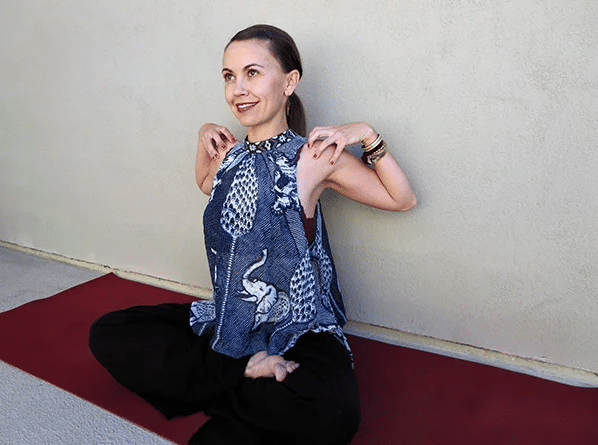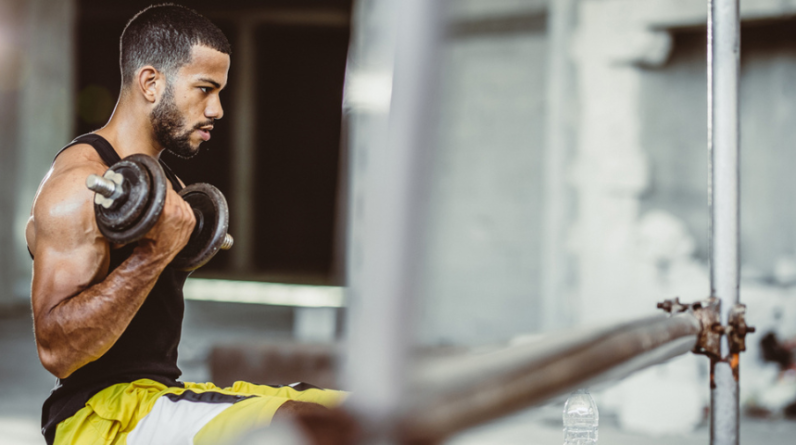
We’re in the thick of the race season, which means you’re likely not just logging a lot of swim, bike, and run miles — you’re probably also crisscrossing your region, country, or continent (or perhaps even the globe if you’re a pro) as you travel to one event after another. You’ve trained hard and prepared well, so don’t undo all of that hard work by traveling like a rookie! You need to travel like an athlete. With a bit of planning and preparation, and by mastering a few key skills, you can reach every start line fresh, relaxed, and ready to go.
9 Tips to Travel Like an Athlete
Pack Ahead
For many pro athletes, packing is the most loathed part of traveling, but it always seems to get easier as the season goes on. The key to doing it successfully (and not forgetting anything vital) is to create a prioritized list of all of the items you need for your race, and then to check those items off as you pack them. If I know I’m going to be traveling a lot, I keep my must-have items inside my suitcase, so they don’t get misplaced — but that’s not necessarily where they stay when I head out the door. Given how often checked luggage arrives late (or not at all), I always pack my most essential race items (e.g., bike and run shoes, race kit, helmet and sunnies, Beachbody Performance Hydrate) plus one training kit in my carry-on bag. This has saved me on more than one occasion — and several teammates when their luggage has been lost!
Check the Weather in Your Destination
This tip might seem like a no-brainer, but I can’t tell you how many times I’ve assumed that it’s going to be hot and humid in Miami or warm and dry in California and it’s been anything but! Check the forecast for your destination often, and pack accordingly, but also be prepared for all eventualities. Mother Nature can be a fickle woman, and she has a habit of defying her predictors. If I’m tight on space in my luggage, I’ll leave toiletries at home and buy them at my destination, so I can make room for extra gear.
Have a Professional Ship Your Bike
Packing and traveling with your bike can be a major headache, especially if you’re not experienced at it. If that’s the case, seek the advice of a more seasoned friend, or enlist the help of a local bike store. Many shops offer bike-packing services for a reasonable price. You can also use a service like TriBike Transport, which allows you to drop your bike off at a participating bike store and pick it up at the race location a day or so before the event.
If you decide to travel with your bike rather than ship it, make sure to familiarize yourself with your airline’s bag fees. They can range from $75 to $200, and not all airlines treat your bike bag with TLC, so make sure everything is well wrapped and protected. And don’t pack anything extra in there. You’ll often see athletes squeezing tons of stuff into their bike bag, but that only increases the chances of your bike being damaged.
Whichever option you choose, it is always prudent to get your bike serviced/checked at least a week prior to your departure. That will give you plenty of time to fix any issues that pop up.
Sleep Where You Race
I try to find accommodation that makes race day logistics as easy as possible. Saving a few bucks by staying miles away is pointless if it’s a nightmare to travel to and/or park near the venue on race day. Being able to walk, jog, or ride to your race without hassle or stress will help get your head in the right place to have a good race. Also bear in mind that if you have specific dietary needs, or just prefer to know exactly what you’re eating (that’s me for sure!), then staying in self-catered accommodation (somewhere with its own kitchen/fridge/microwave) is going to make your life considerably easier.
Don’t Stress
Whether it’s a long or a short haul, flying can be the athlete’s enemy due to the stress it places on the body. I try to avoid scheduling hard training sessions for the day before or morning of travel days, in part because you simply don’t recover as well after them as you do when you’re home. Air travel also knocks your immune system down a notch, making you more susceptible to catching a bug as you weave through airports (which are basically giant petri dishes) and spend extended periods of time crammed in a confined space at 30,000 feet with more than a hundred other (potentially disease carrying) passengers.
My advice: Be vigilant about what you touch and what you eat, and keep a bottle of hand sanitizer within reach at all times. If possible, try also to maintain a positive mindset, and do everything you can to minimize your stress level. For me, that includes avoiding red-eyes. I used to fly at all sorts of weird and wonderful times of the day and night if it meant keeping more money in my pocket, but I’ve since learned that not disturbing my sleep and training schedules is far more important, especially during race week. In short, don’t ever expect to run into me on a 4am flight (or really, any flight before 9am or after 8pm).
Book an Aisle Seat
Maintaining healthy blood circulation is important for everyone, including (and perhaps especially for) athletes. To that end, I always try to reserve an aisle seat so that I can get up and stretch my legs every 60 to 90 minutes. Compression socks also help. Just be sure to wear them under your clothing so you don’t look like a complete endurance-sport geek.
Stay Hydrated
Flying is a dehydrating process thanks to the dry, filtered air that’s circulated through airplane cabins, so plan ahead — especially if you’re travelling with an airline that makes you pay for water (I’m talking about you, Spirit). I always take a water bottle on the plane with me, and will alternate drinking a diluted electrolyte beverage (e.g. watered down Beachbody Performance Hydrate) and plain water. Tomato juice is another winner because of its high levels of sodium (a key electrolyte). Trust me on this one: Good hydration habits can mitigate the effects of jetlag, so drink up.
Give Yourself Time to Adjust
Jetlag and time zone changes can wreak havoc on the finely tuned athlete’s body. For each time zone traveled, I try to give myself at least one day to adjust. Although jetlag experts suggest making changes to your daily routine (e.g., bedtime, wake time, etc.) by an hour a day in the days leading up to departure, I’ve never found that particularly helpful. Instead, I try to trick myself into the destination time zone when I arrive by spending time in natural light as late into the day as possible, doing light exercise and mobility work to get my blood flowing, eating fresh food, and doing everything I can to facilitate a good night’s sleep (more on that in a moment). Also be mindful that you have just spent extended time cooped up in a plane, so your body might not feel wonderful when it comes to training the next day. Be patient, and don’t panic! I find that doing my mobility work, spending time on the foam roller, and meditating (i.e., deep breathing and relaxing) all help bring my body back around.
Get Some Rest
Sleep is obviously important, and it can be easily disrupted by travel. I try to follow the same pre-bed routine on the road as I do at home, so that wherever I am in the world, my body and mind know when it’s time for sleep. A hot shower/bath, some light stretching/mobility work, a chapter or two of a good book, and then earplugs and an eye mask and I’m off to dreamland. I also try to avoid blue light (emitted by LED devices such as phones, computers, and televisions), right before bed, as it can interfere with falling asleep. Don’t be afraid to help the process with some melatonin (as long as you consult your doctor first) and/or a few drops of lavender oil on your pillow. In my experience, both work wonders when it comes to resetting the body’s clock.
So there you have it! With a bit of forethought and a few key skills, there’s no reason why you can’t race just as brilliantly when traveling halfway around the world as you do when you compete close to home. Good luck, and travel safe!







